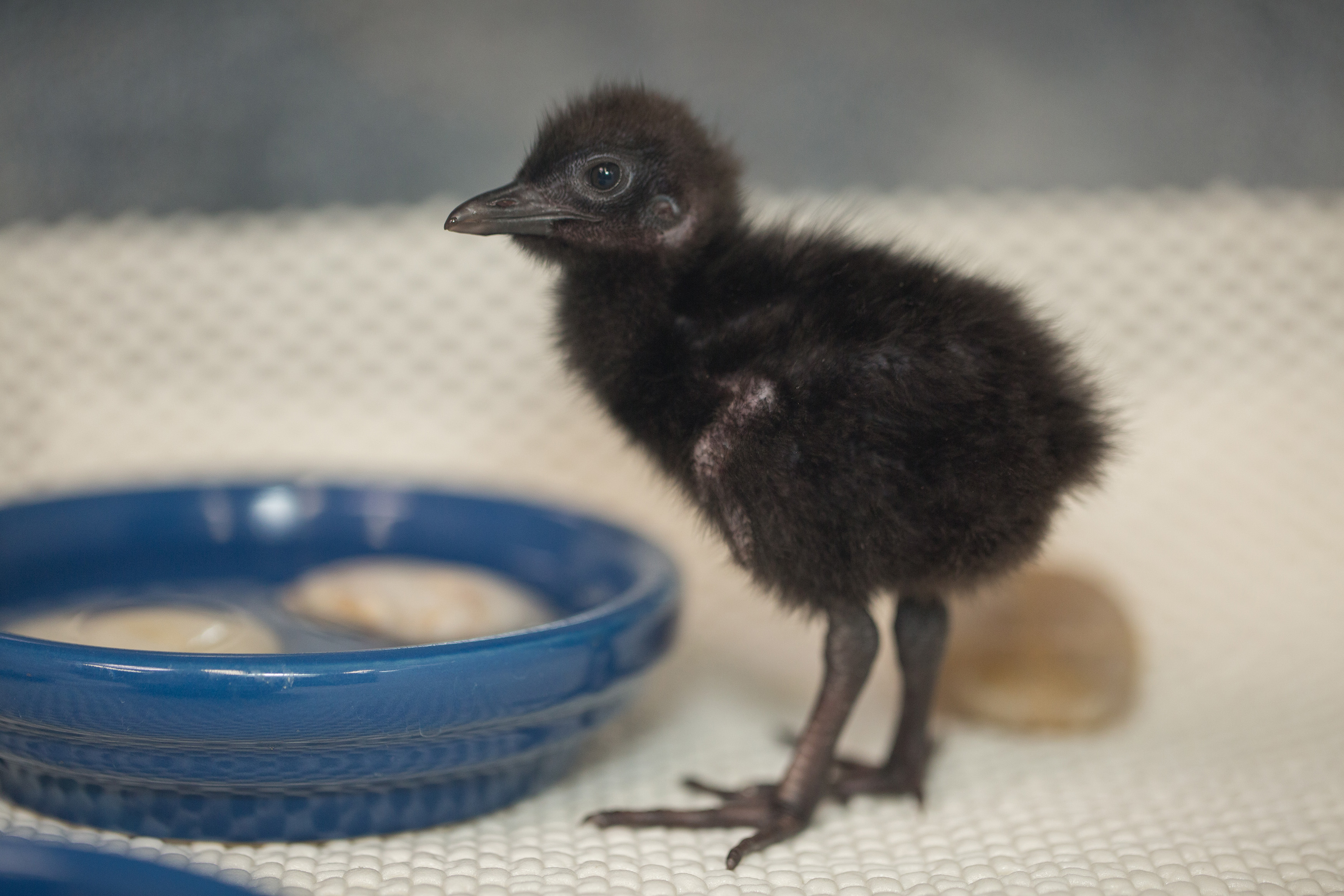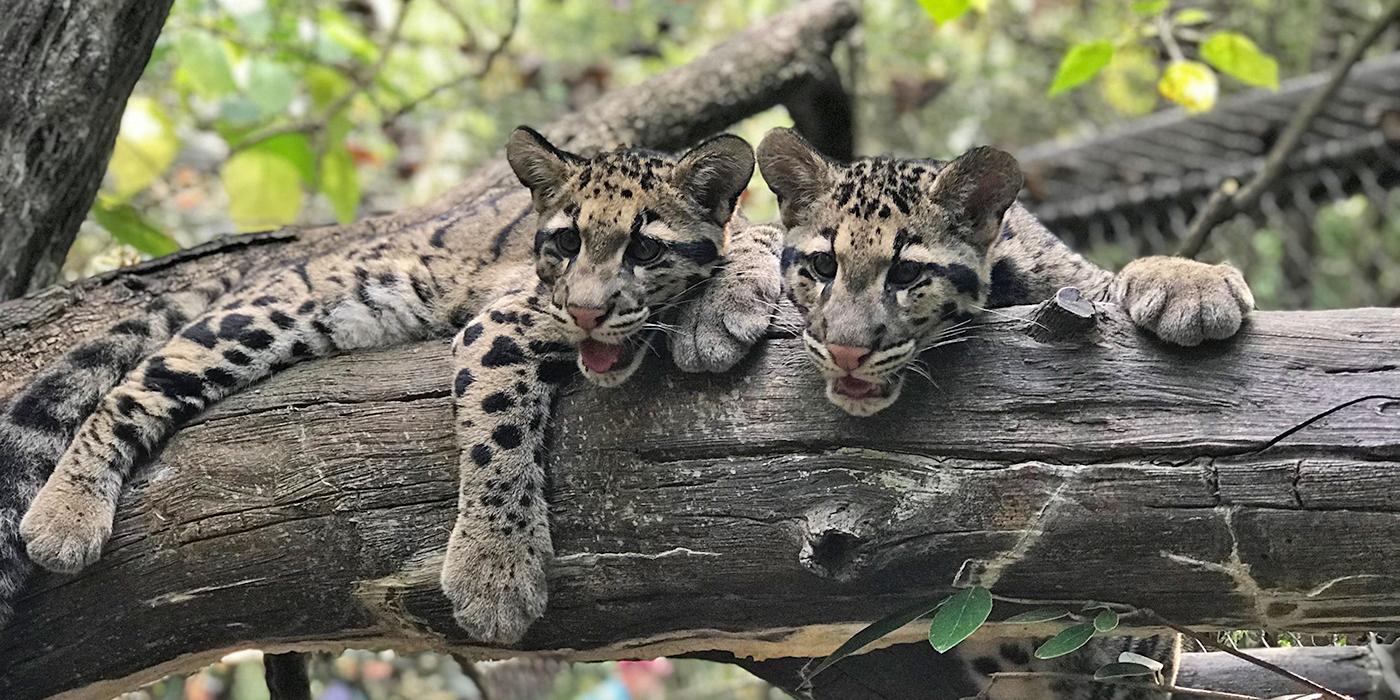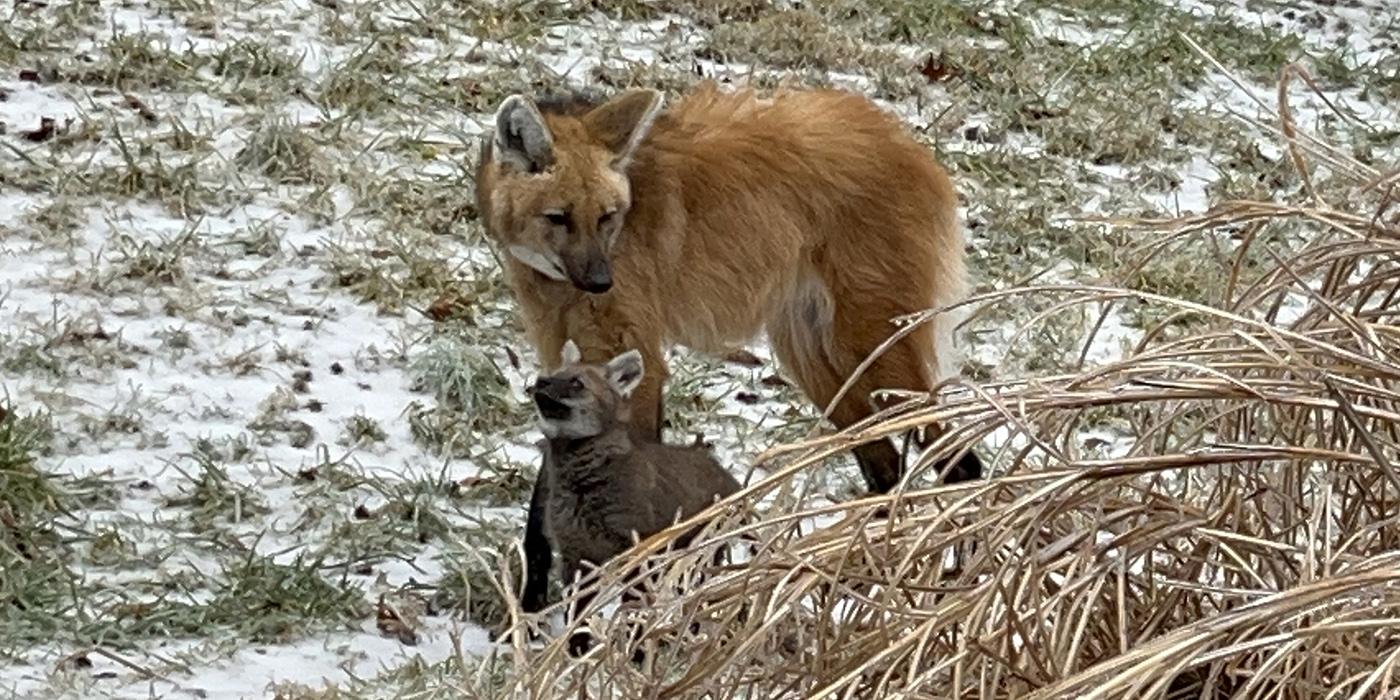2019’s Conservation Stories Worth Celebrating (Part Two)
Saving species is what we strive to do every day here at the Smithsonian’s National Zoo and Conservation Biology Institute. We’re continuing to reflect on some of this year’s biggest conservation success stories.
Banding together for birds
Conservation is all about collaboration. This year, researchers across the country came together to publish a study revealing a massive decline in bird populations — nearly 3 billion birds lost since 1970. While the news of such a significant loss could be discouraging, the prevailing message from the study’s authors is one of hope. We have an opportunity to take action on behalf of birds, and together, we can help bring them back.
Two shining examples of how conservation action can help save species are the Guam rail and the Kirtland’s warbler. Guam rails lived on the Pacific island of Guam until the accidental introduction of the brown tree snake near the end of World War II drove them to extinction. About 10,000 of these birds likely roamed the island before snakes arrived. By 1985, only 21 Guam rails were left. The birds were captured to begin a breeding and recovery program.

The Smithsonian Conservation Biology Institute’s Guam rail breeding program began in 1985 and continues today. Researchers work with the Guam Department of Aquatic Wildlife and Resources to repatriate the birds to Guam for reintroduction to the wild on the island of Rota.
This year, the International Union for Conservation of Nature declared that Guam rails are no longer extinct in the wild. They are only the second bird to ever recover from extinction in the wild and are now reclassified as critically endangered.
Endangered Kirtland’s warblers have long been plagued by brown-headed cowbirds at their summer nesting grounds in Michigan. The parasitic cowbirds lay their eggs in warbler nests, causing warbler parents to care for the cowbirds rather than their own chicks.
By 1971, only 200 male Kirtland’s warblers remained in the wild, and about 70% of their nests were parasitized by cowbirds. For 40 years, conservation efforts have targeted brown-headed cowbirds to prevent them from laying eggs in warbler nests. A study published by Smithsonian scientists in July found that Kirtland’s warblers may no longer need protection from cowbirds in Michigan.
An unexpected arrival at Reptile Discovery Center
Life found a way at the Zoo when a female Asian water dragon underwent facultative parthenogenesis. That is, she gave birth to a healthy, thriving offspring despite never breeding with a male or receiving genetic material.
Smithsonian scientists were the first to confirm parthenogenesis in Asian water dragons and published their findings in June.
What’s better than a clouded leopard cub? Two clouded leopard cubs
Playful, curious clouded leopard cubs Jilian and Paitoon stole visitors’ hearts when they debuted at the Zoo earlier this year, but these two cubs are more than cute. They’re also a reminder of the important conservation work that happens here every day.
Smithsonian scientists have been in the business of clouded leopard conservation for decades, studying their behavior, biology and ecology. One of their research focuses has been creating assisted reproductive technologies to help the species.




